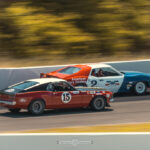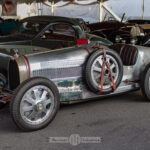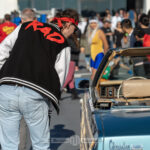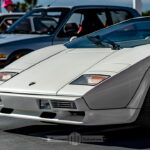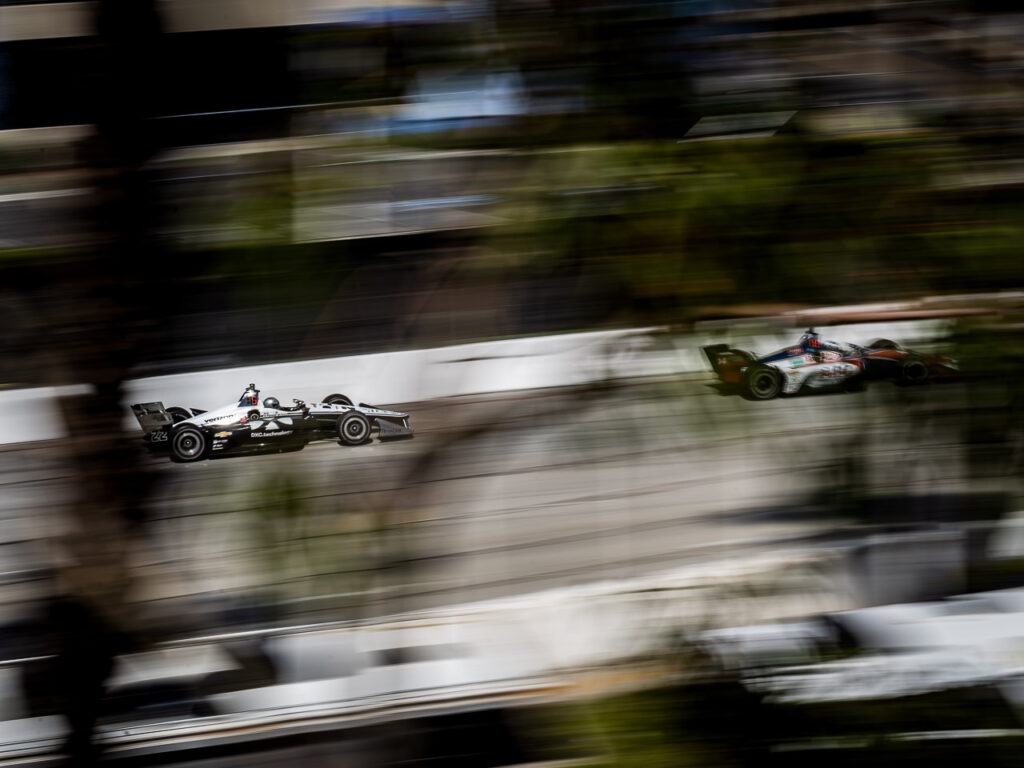
Long Beach Grand Prix: The Magic of Racing in the City

Racetracks are like sacred ground. Fans and drivers make pilgrimages deep into rural areas where land is plentiful and some din on the weekends is tolerated. Simple outbuildings and paddock sheds are elevated to shrine-like structures immortalized by decades of magazines. Each corner and inch of the circuit is memorized by racers from all over the world. Decades of oil and rubber laid so deeply into the asphalt that it could never truly go away. Over the years tracks become special places imbued with the spirit of motorsport.
Except for street courses. The few remaining city races steal their land from busy municipalities for a week or so each year, erecting simple concrete barriers and fences to keep the daily humdrum of the city out and the motorsports in. Instead of the carefully sculpted contours of a modern racetrack the cars navigate common streets with all the wear and tear from years of daily traffic. Like a home decorated for a holiday, the familiar surroundings adopt the significance of a momentous occasion for a fleeting moment annually.
The Long Beach Grand Prix is one the most storied street tracks and it’s also a prototypical example. Long Beach is a city in juxtaposition; a semi-tropical beach and bustling industrial port vie for influence over the shoreline. The race course lies on the border between the sandy pier and downtown sidewalks. Skyscrapers and palm trees tower over the circuit in equal parts with cargo cranes standing sentinel in the distance. The cars snake through parking lots, barrel around rotaries, and scream through unlit traffic signals. Deep black stripes of racing rubber are laid at abstract angles to ignored reflective lane lines.
Unlike the iconic sheds of Goodwood or the dusty fields of Laguna Seca the Long Beach paddocks are tucked into parking lots and the basement of the convention center. Everyone is camping out, from the temporary VIP boxes along the straights to the carnival midway of the hospitality center. Local residents peer into the hubbub from outside of the course, almost surprised to find their city invaded. Rarely does racing abut the real world so closely that the layperson is confronted with open wheel racecars howling past their commute.
The improvised grounds don’t diminish the significance of the event. Instead it serves as a constant reminder of purpose. It’s not a designed space, a curated theme park designed to coax us into the right mindset. The haphazard arrangement of cars, stands, and corners hardly fit the crowded downtown. The Long Beach Grand Prix is special because it’s filled with people who love racing, coming together in an ordinary location to do something extraordinary.


































